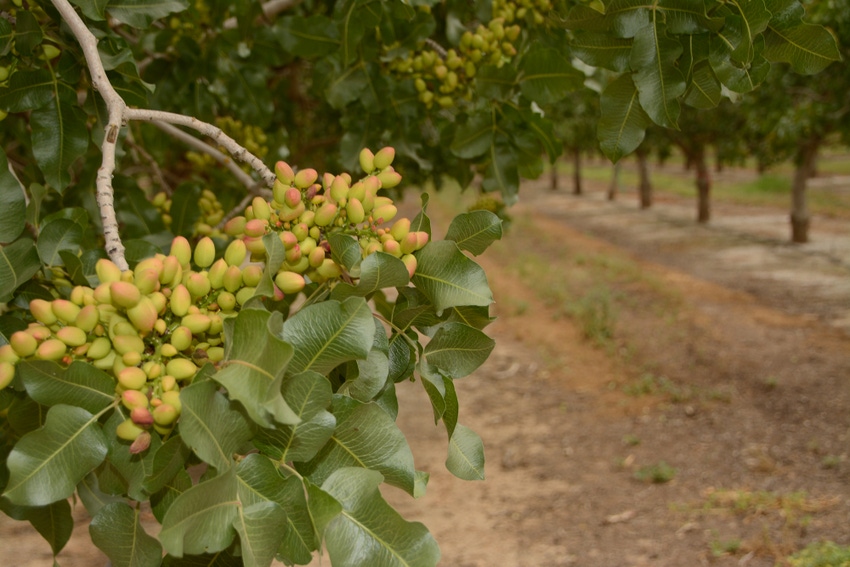
Agriculture’s foam finger is now in the hands of Kern County officials as the San Joaquin Valley’s southernmost region reports a $7.18 billion crop value for 2016 – high enough to beat out Tulare ($6.37 billion) and Fresno counties ($6.18 billion) for the annual bragging rights among local officials.
Kern County Agricultural Commissioner Glenn Fankhauser says this is a first for Kern, which until about 2012 was locked in a perpetual battle for second place with Tulare County as their northern neighbor owned first place among what I’ve affectionately termed “The Big 3.”
Kern’s rise to first place in gross value among the nation’s agricultural counties came as pistachios and almonds became a profitable alternative to row crops and dairies.
The shift happened in under a decade as in 2010 Kern and Tulare counties each trailed Fresno in gross farm receipts by over $1 billion. By 2013, Fresno would no longer be king as milk prices began their rise to never-before seen values, moving Tulare County – the nation’s largest dairy-producing county at over 11 billion pounds annually – solidly into first place.
That year Fresno slipped to third place, a spot it has held ever since as Kern closed the gap behind ever-increasing pistachio and almond acreage. Kern currently has about 40 percent of the state’s 240,000-acre pistachio crop and about 20 percent of the nation’s million-acre almond crop.
Fresno trails Kern ever-so slightly with just over 215,000 bearing acres of almonds, a 14 percent jump over the previous year.
Though the 2016 crop values across the state are largely down on softer commodity prices, Fresno’s slide cannot be solely blamed on crop prices. Because much of the county’s west side relies on federal water and there wasn’t any for several years because of the drought and hyped concerns over fish in northern California rivers, irrigated farmland acreage fell 12 percent between 2012 and 2016 to around 950,000 acres.
Regardless of any bragging rights Kern now has it will be interesting to watch these trends as growth in almonds and pistachios may face a “hard stop” in the coming years because of the Sustainable Groundwater Management Act and the need to balance aquifers statewide.
Will that speed a rise in global almond and pistachio prices as supplies fall behind apparent demand? The Almond Board of California believes the 3.0 billion pound crop is in the near future as the pistachio industry may crack one billion pounds of production in the next couple years.
Then what? Arguing over who gets to carry the foam finger in the next parade becomes moot as farm production continues to slide because continuing tighter regulations ate away at our ability to produce food and fiber.
While it might be fun in the moment to plant the Kern County flag atop the mountain agriculture built in this state, let’s not lose sight of sustaining California’s multi-billion farm industry that does more than simply feeds and clothes everyone who lives here.
About the Author(s)
You May Also Like






